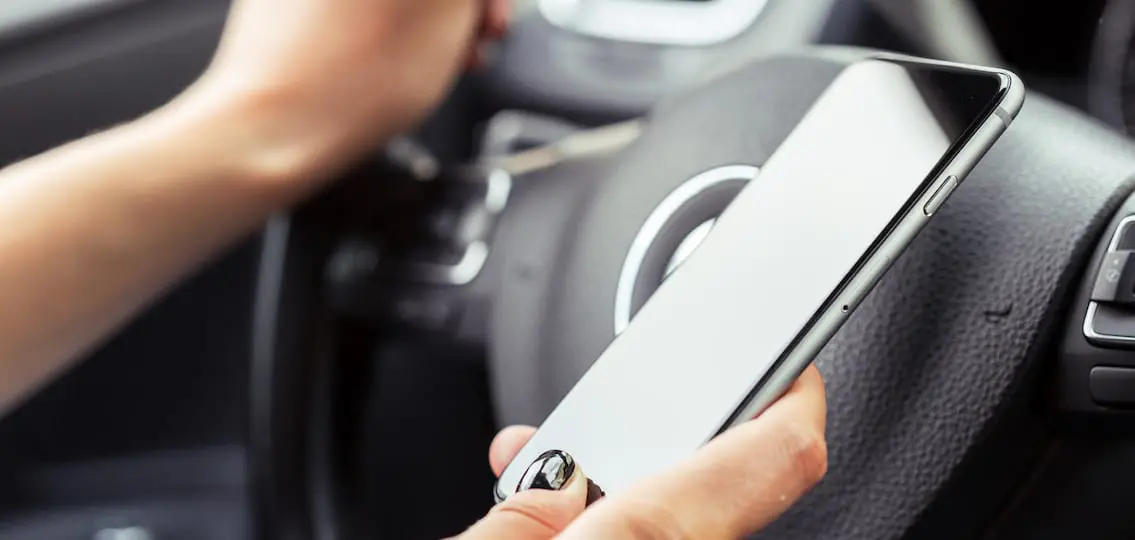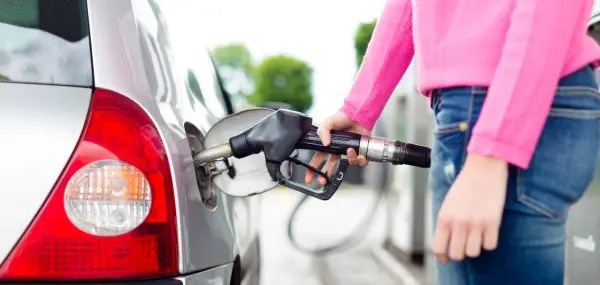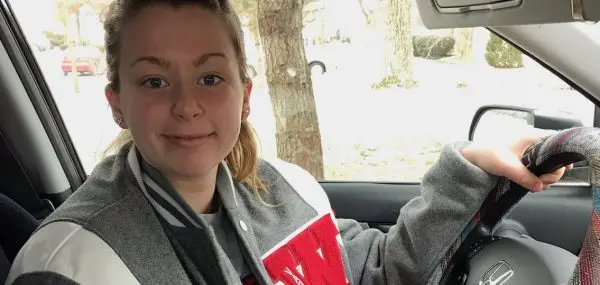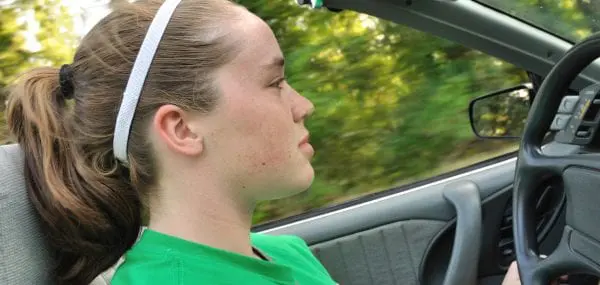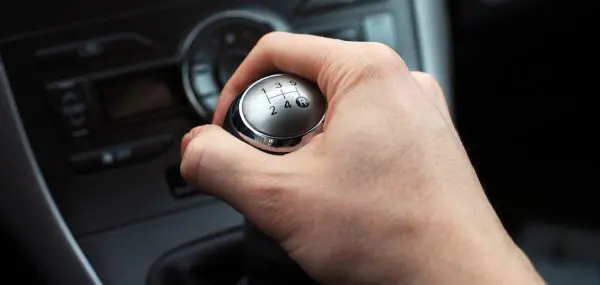The teenage years are an exciting time with new independence, later curfews, and physical self-sufficiency in the form of a car. Whether it’s as a new driver or as a passenger in a friend’s car, this new autonomy is a time that can be both liberating and frightening for parents.
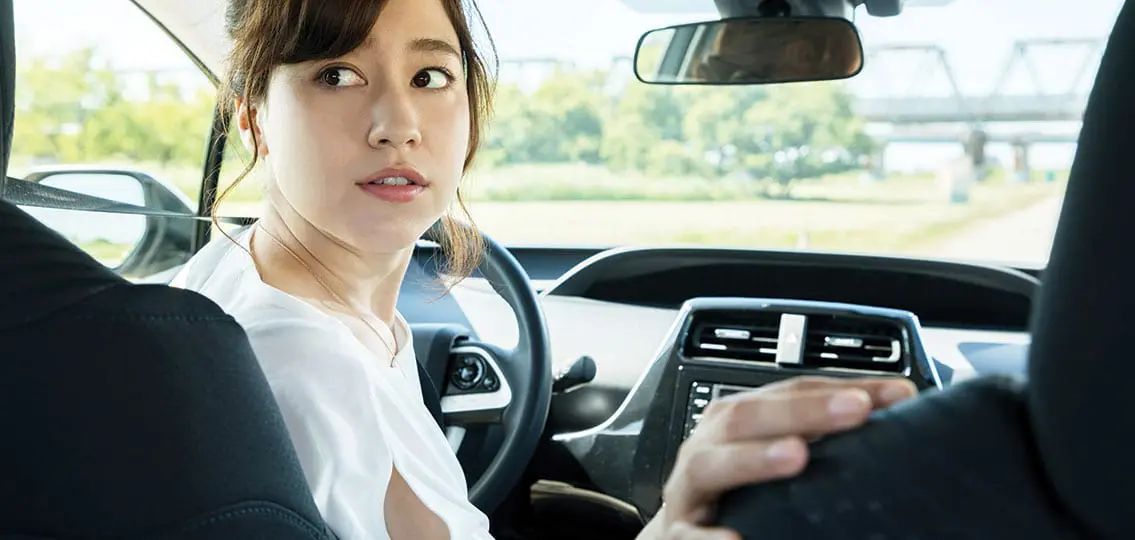
Having a teen driver can turn a relatively laid-back parent into a hand-wringing, nail-biting nervous nelly. For me, it sometimes meant biting my tongue, reaching out to hold onto the seat, and inevitably stomping my foot on the non-existent brake.
Those tendencies to second-guess and worry are not wrong: Sixteen-year-olds have the highest crash rate of any age, and the worry isn’t just about drinking and driving. It’s also about the invasion of the digital world into every facet of our lives—including a moving automobile.
| [adrotate banner=”116″] |
10 Risky Behaviors Behind the Wheel:
We need to talk to our teens about each of these behaviors.
1. Texting
While it seems obvious that this is dangerous and should be avoided, kids do it anyway. To be fair, it’s not just the kids. How many times are you at a red light and you glance at your phone? It’s just a quick text, right? Sending one quick text means taking your eyes off the road for at least six seconds. Count that out and see how long it really is. Our kids still learn from us. Monkey see, monkey do.
2. Using apps
Yes, even GPS. Google Maps, Waze, and even music apps are compelling because they are so useful. I can’t navigate my way out of a paper bag without GPS. Yet, the apps are distracting, which also means dangerous.
3. Not buckling up
I was surprised to find out that teens do not use their seatbelts a lot of the time. Buckling up is the single most effective thing you can do to protect yourself in a crash. For most of us, it’s second nature, but according to Safe Kids Worldwide, more than half of the teens that die in car crashes were not wearing a seatbelt. Make sure buckling up is non-negotiable.
| [adrotate banner=”99″] |
4. Not speaking up
Our kids know the difference between safe and unsafe driving. They know—and feel in their gut–when it is not right. But many climb into the car with friends when they don’t feel safe. Or they don’t say anything when their friend isn’t driving safely. Most friends will listen when asked not to text, drink, or speed. Encourage your child to speak up if a driver of any age isn’t driving safely.
5. Too many passengers
Many states have laws limiting the number of teens allowed in a car at one time. Risk of death increases 44% when a teenager is carrying one passenger under 21, according to AAA’s Safety Foundation. The risk doubles when carrying two under 21, and quadruples when carrying three or more.
6. Drinking and driving
We all know not to drink and drive, as do our kids. Alcohol affects our judgment, depth perception, and motor skills. It’s easy to think you are fine when you aren’t. Parents can judge that easier—if only because we’ve been around longer. So for us, a designated driver is someone who hasn’t had anything to drink. For kids, it’s whoever is “basically” sober or had the least to drink. Between Uber, Lyft and taxis, there’s no reason to ever be in that situation. If your teen is going to a party, suggest he not drive—then there’s no temptation to drive home. Or tell him to call you and you will get him, no questions asked. If you don’t want to offer that, tell him to sleep over. Zero tolerance for drinking and driving. Zero.
7. Driving after dark
Given how bad my eyes are at night, I thought kids were safer than I am. But the risk of a fatal crash can be three times higher for teens than adults at night. This is primarily due to the visibility challenges, slower response time, and lack of experience. Teens don’t yet have the brain for the quick decision-making and risk-assessment.
8. Speeding
This one is not surprising. We’ve all seen teens go flying down the street. More than 1/3 of teens killed in crashes were speeding, according to Mothers Against Drunk Driving (MADD).
9. Driving while stoned
While this seems as obvious as driving drunk, it’s apparently not. Now that weed is legal in some states, teens assume it’s legal to drive after or while using it. Parents need to make sure their kids understand how wrong they are.

10. Being young and inexperienced
Teens can’t help this, but it’s still important to note. The crash risk does not begin decreasing until age 25. But, if we show our teens these quick tips, maybe it will help. We can only communicate—we can’t drive for them.
